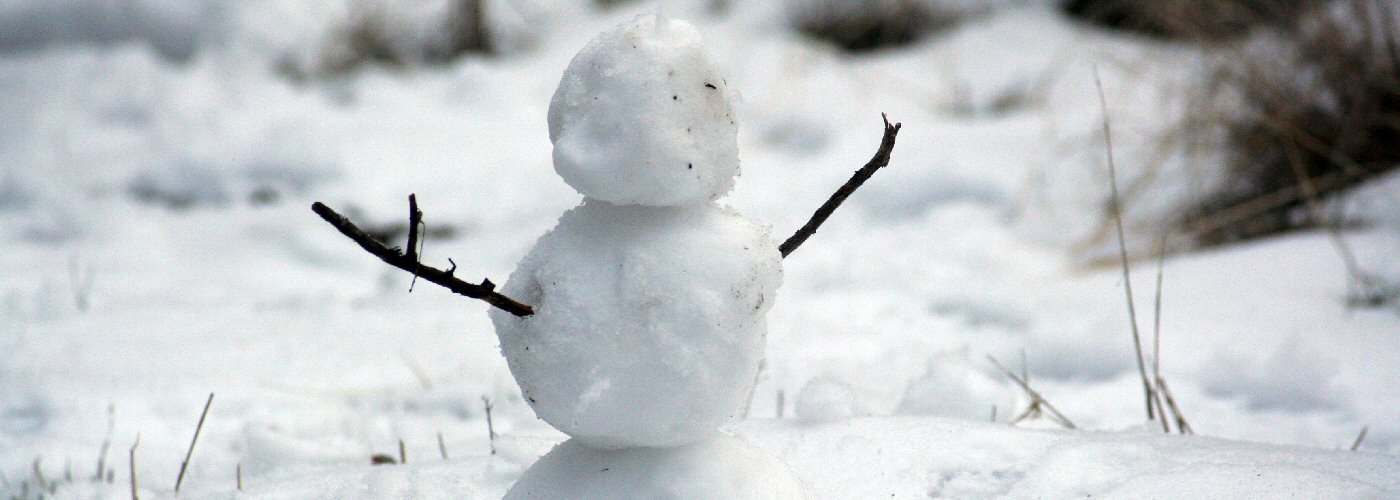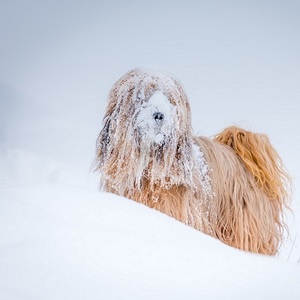

May snow events are nothing unusual for the northern and central Plains states. Just ask folks in Duluth, MN, which has seen a few rather snowy months of May. Back in May of 2019, 13.3 inches of the white stuff piled up on the port city, breaking the old record of 8.1 inches in May of 1954. But, by the end of May the risk for snow events over the Plains generally comes to an end. Of course, there has to be an exception to this rule. Late May of 1947 was the exception, as a surprise snowstorm blew up over NE and WY, and headed east across IA and WI. Let's take a closer look at this freak event that ravaged the Plains shortly after the end of WWII.
By late May, the angle of the sun becomes as high as it is in late July. The longest day of the year (the summer solstice) is only a few weeks away once you reach Memorial Day. These factors make it very difficult for the chilled air masses in Canada to have much bite as they progress southward into the Plains of the U.S. Even with the odds stacked against this from happening, old man winter mustered up the perfect storm to make this transpire in late May of 1947. On the morning of May 27th, a strong arctic high pressure system was stationed over northwest Canada. This region was still snow covered, and the air mass became increasingly chilly, as the high remained in place. At the same time, a low pressure system was strengthening over central Nevada. The deepening low helped induce a major buckle in the polar jet stream winds blowing over Canada. This southward shift of the jet stream in western Canada meant that the unseasonably cold air mass in northwest Canada would now come crashing southward into the northern Plains.
As the Nevada low headed east across Colorado and western Kansas on the evening of the 27th, the cold air began to feed into the northern side of the system, changing a rain/snow mix to all snow over much of Wyoming and into Western Nebraska. By the morning of the 28th, record cold temperatures for late May were experienced over North Dakota and into Montana and Minnesota. The late freeze spelled out partial to total losses for fruit producers in the northern Plains. As the precipitation band continued to trek eastward over northern Nebraska and northern Iowa on the 28th, heavy, wet snow continued to pile up. By the night of the 28th and early into the 29th, southwest and central Wisconsin saw the brunt of the accumulating snow. When all was said and done, an impressive swath of 6-10 inches fell from Wyoming east into Wisconsin. The heaviest totals occurred in the panhandle of Nebraska, as folks in Harrison and Alliance measured a foot. Impressive totals occurred all the way east into southwest Wisconsin, where Viroqua measured a total of 9 inches by the 29th. The snow that piled up had a very high water content, and the extremely heavy character of the snow damaged the fully-leafed-out trees in the area. This resulted in many power outages over the region. Once the sun came out the next day, much of the snow melted away, but the cleanup of major tree damage and the mending of snapped powerlines likely lasted for several days to follow.
The late 1940's were characterized by a rather brutal run of winters across the Plains, so it must have been a tough pill to swallow when this late spring snowfall occurred across region. The agricultural producers over the region had to somehow make it through the killing frosts and heavy snows that struck. Shortly after the snow melted, a series of low pressure systems produced heavy rains over the area, resulting in historic flooding over portions of Iowa and Nebraska, during the following month of June. Many decades have now passed since the fateful Memorial Day of 1947, but the images are likely still vivid for those who lived through that bizarre late-May snow event.
For a look at the heavy snows that fell during the event, click here.
